Wavy plaster walls
ken_tn
14 years ago
Featured Answer
Comments (11)
sombreuil_mongrel
14 years agoken_tn
14 years agoRelated Professionals
Palm Harbor Kitchen & Bathroom Designers · Ridgefield Kitchen & Bathroom Designers · Schaumburg Kitchen & Bathroom Designers · Verona Kitchen & Bathroom Designers · Eagle Mountain Kitchen & Bathroom Remodelers · Holden Kitchen & Bathroom Remodelers · Sunrise Manor Kitchen & Bathroom Remodelers · Albuquerque Kitchen & Bathroom Remodelers · Broadlands Kitchen & Bathroom Remodelers · Franconia Kitchen & Bathroom Remodelers · Middlesex Kitchen & Bathroom Remodelers · Holtsville Architects & Building Designers · Lexington Architects & Building Designers · New River Architects & Building Designers · West Jordan Architects & Building Designersbrickeyee
14 years agoken_tn
14 years agolazy_gardens
14 years agobrickeyee
14 years agoslateberry
14 years agoken_tn
14 years agoacc0406
14 years agobrickeyee
14 years ago
Related Stories
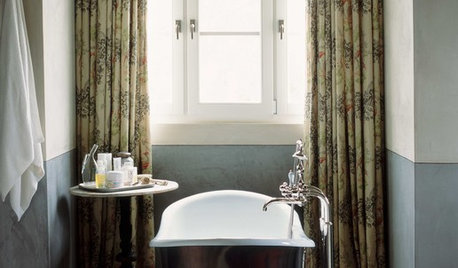
WALL TREATMENTSSurface Smarts: Venetian Plaster
Centuries-old Venetian plaster has made a roaring comeback in modern interiors. Could this old-world wall favorite work in your home?
Full Story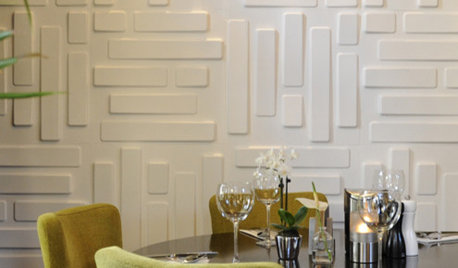
MATERIALSUnexpected Style for Your Wall
Go Beyond Paint and Paper with 3D, Plaster, Copper, Tile, Marble and More
Full Story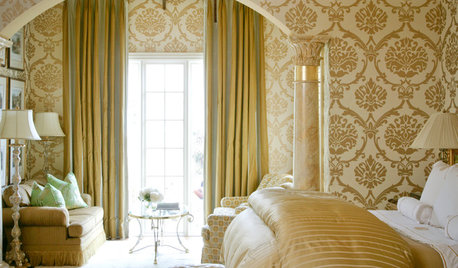
DECORATING GUIDESPaper Chase: Wallpaper Through the Ages to Today
Get on a decorating roll with a wall covering that's been around for centuries but comes in more exciting designs than ever
Full Story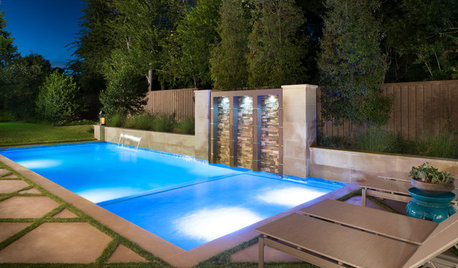
GREAT HOME PROJECTSHow to Replaster (or Remodel) Your Pool
Have an old pool? It could be time to update the plaster, landscaping and more for a pool that works swimmingly with your current style
Full Story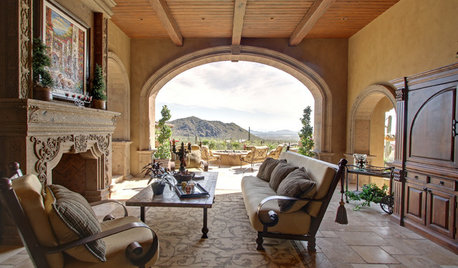
HOUZZ TOURSHouzz Tour: Only the Best for a Desert Spanish Colonial
Calacatta marble, Venetian plaster and hand-carved wood create a home awash in luxurious comfort for an Arizona family
Full Story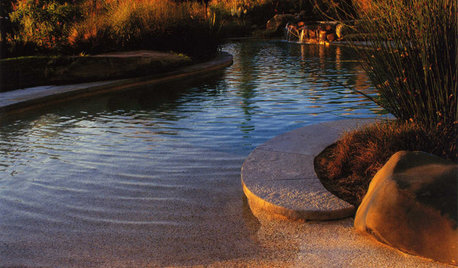
GARDENING AND LANDSCAPINGPools Overflow With Finish Options
Move over, plaster: Pebbles, colors and glow-in-the-dark glass are making waves on the pool finish scene
Full Story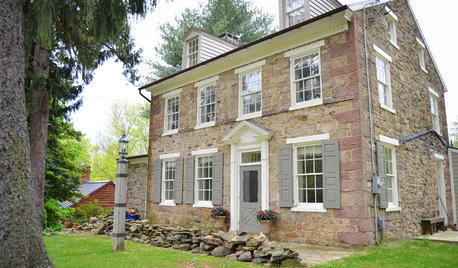
HOUZZ TOURSHouzz Tour: Historic Fieldstone Home in Pennsylvania
With stone, rough plaster and wood all around, a historic home in the countryside is heavy on charm
Full Story
DECORATING GUIDES'Mad Men' Trend: Retro Metal Wall Sculptures
Bravura metal artwork brought depth and shine to walls in the 1960s, and it's brightening homes again today
Full Story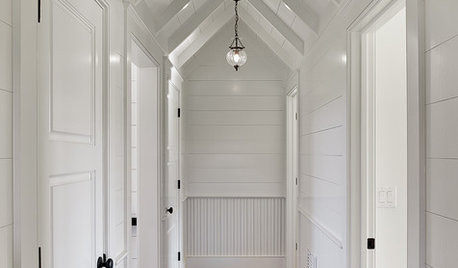
REMODELING GUIDESTongue and Groove Wall Paneling Joins the Comeback Club
Try this smooth architectural move to give your walls a streamlined appearance that conveys quality
Full Story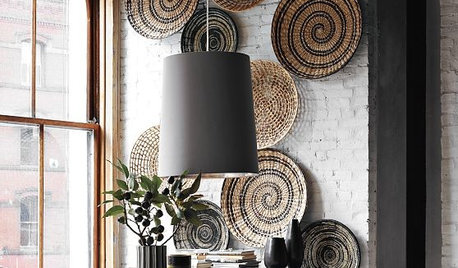
ACCESSORIES3D Wall Art for Your Home
Add interesting dimension and texture to your walls with collected artwork
Full StoryMore Discussions










brickeyee